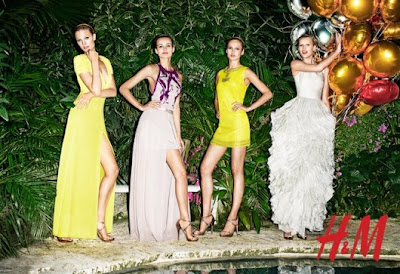Now it is no longer only women who have body image issues as men are bombarded with images of the ideal body type, which they aspire to but is out of reach for most (Ricciardelli, Clow and White 2010). They worry about not being muscular enough, too much body fat, the size of their penis and hair loss. This is known as the Adonis complex.
The mesomorph body type is often portrayed as the ideal body type by men's magazines. The ectomorph is often featured in clothing advertisements as clothes fit this body type better. The endomorph is rarely on show in the media (apart from the before shot, pre-diet and exercise) even although it would be the most common body shape amongst men.
Jason Statham
If you take a look at Men's Health magazine website, you will be confronted with articles such as 24 hours to a 6 pack, burn fat with morning stretches and beat hair loss. All of these project to the male reader what he should look like or what he should be aspiring to look like. The focus is very much on appearance and the celebrity male is often portrayed as having the ideal body type. The Men's Health article '10 Hollywood muscle workouts' shows the reader how they too can accomplish a mesomorphic body like Mark Wahlberg in The Fighter or Gerard Butler in 300. Furthermore, advertising in these magazines include this so-called ideal body type, for example, Abercrombie & Fitch are known for their advertisements featuring nearly naked muscular men.
Abercrombie & Fitch advertisement
Mark Wahlberg, The Fighter
Gerard Butler, 300
George Clooney (in Armani) and girlfriend Stacey Keibler (in Marchesa), Oscars 2012
A study was conducted last year, which found that 80.7% of men talk about their and other male bodies (the inverted male gaze has developed, in other words, the male gaze is no longer limited to women but extends to men looking at other men (Patterson and Elliott 2002)), which leads to them being dissatisfied with their own body. Furthermore, 35% of men would happily die a year earlier in exchange for their ideal body. This can, as it has for some time for women, "contribute to clinical issues ranging from low self-esteem to Body Dysmorphic Disorder" (Ricciardelli, Clow and White 2010 p.73).
Men aspire to look like these film stars but also aspire to their lifestyle in general such as fashion and grooming and this is reflected in the magazines. For example, the cover of GQ magazine below features Ryan Gosling who is going to show the reader how to dress like a movie star. The message is that "fashion [is] promoted as the key to financial success." (Ricciardelli, Clow and White 2010 p.75)
This increased interest in fashion has led to London Collections: Men (LC: M) launching in June and will involve three full days showcasing men's fashion.
"The male body is subject to a continuous scrutiny - it is objectified, exploited and monitored" (Boni 2002 p.467). The media encourages men to treat their body as a project (Patterson and Elliott 2002) to work on "through buying products and services [in order that] a man can change his embodied self and, thus make himself into the man he wants to be" (Ricciardelli, Clow and White 2010 p.74).
"The male body is subject to a continuous scrutiny - it is objectified, exploited and monitored" (Boni 2002 p.467). The media encourages men to treat their body as a project (Patterson and Elliott 2002) to work on "through buying products and services [in order that] a man can change his embodied self and, thus make himself into the man he wants to be" (Ricciardelli, Clow and White 2010 p.74).


















































